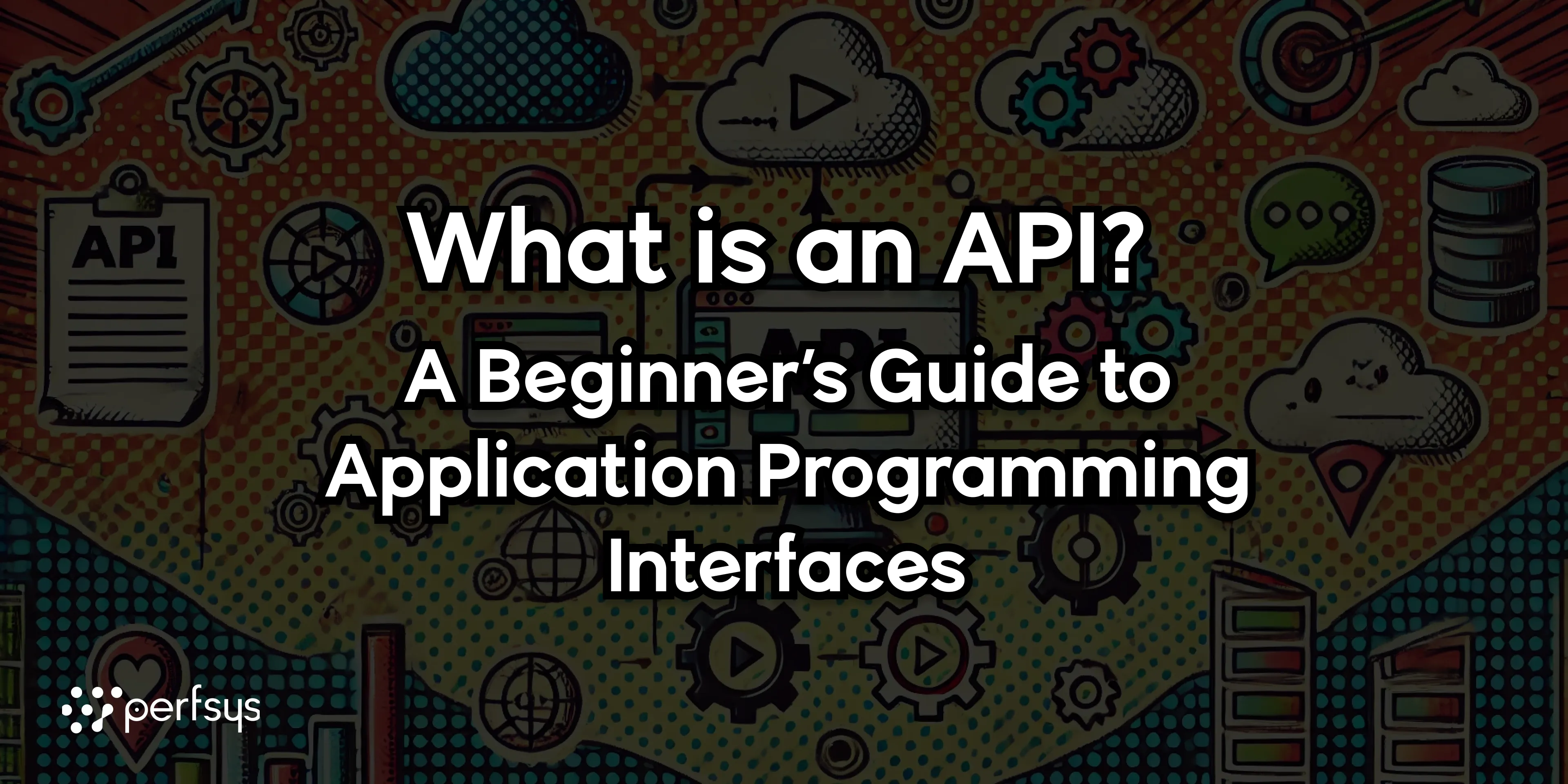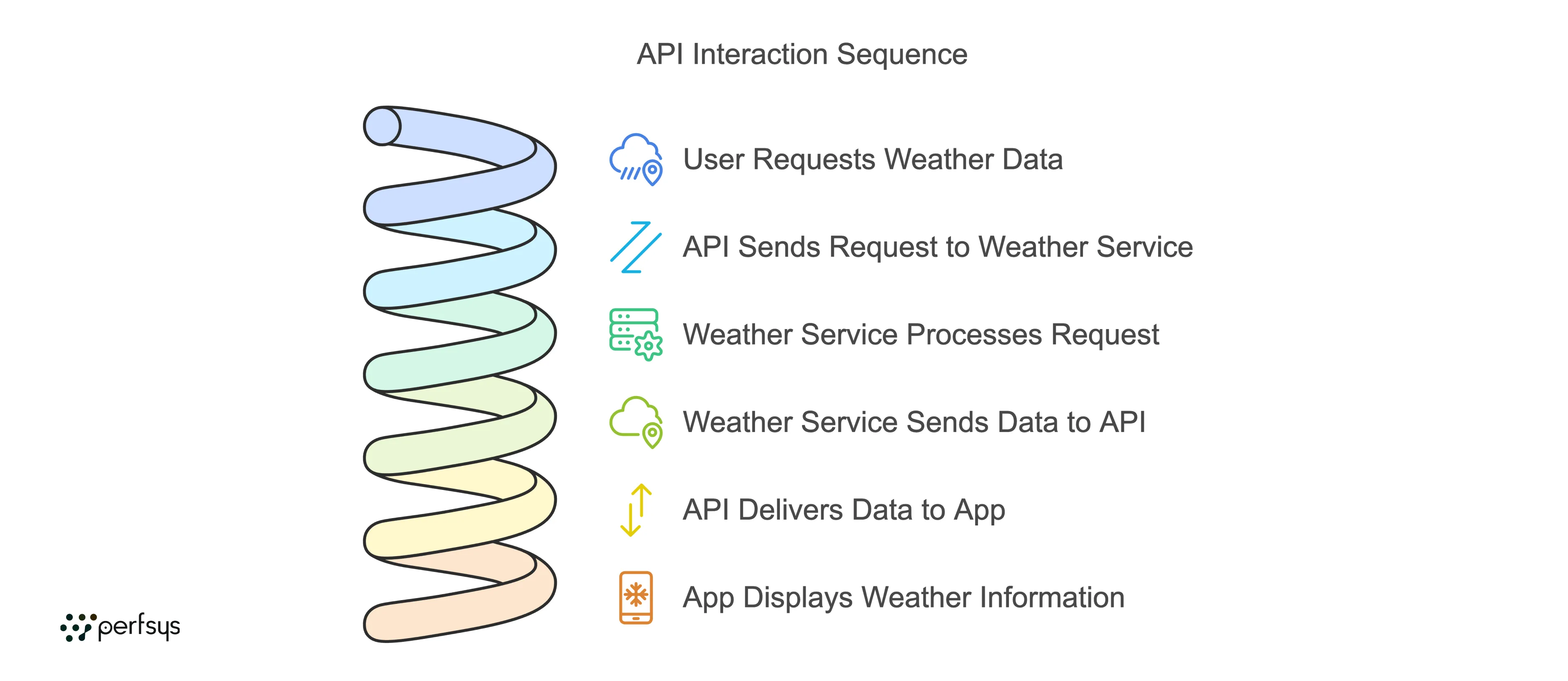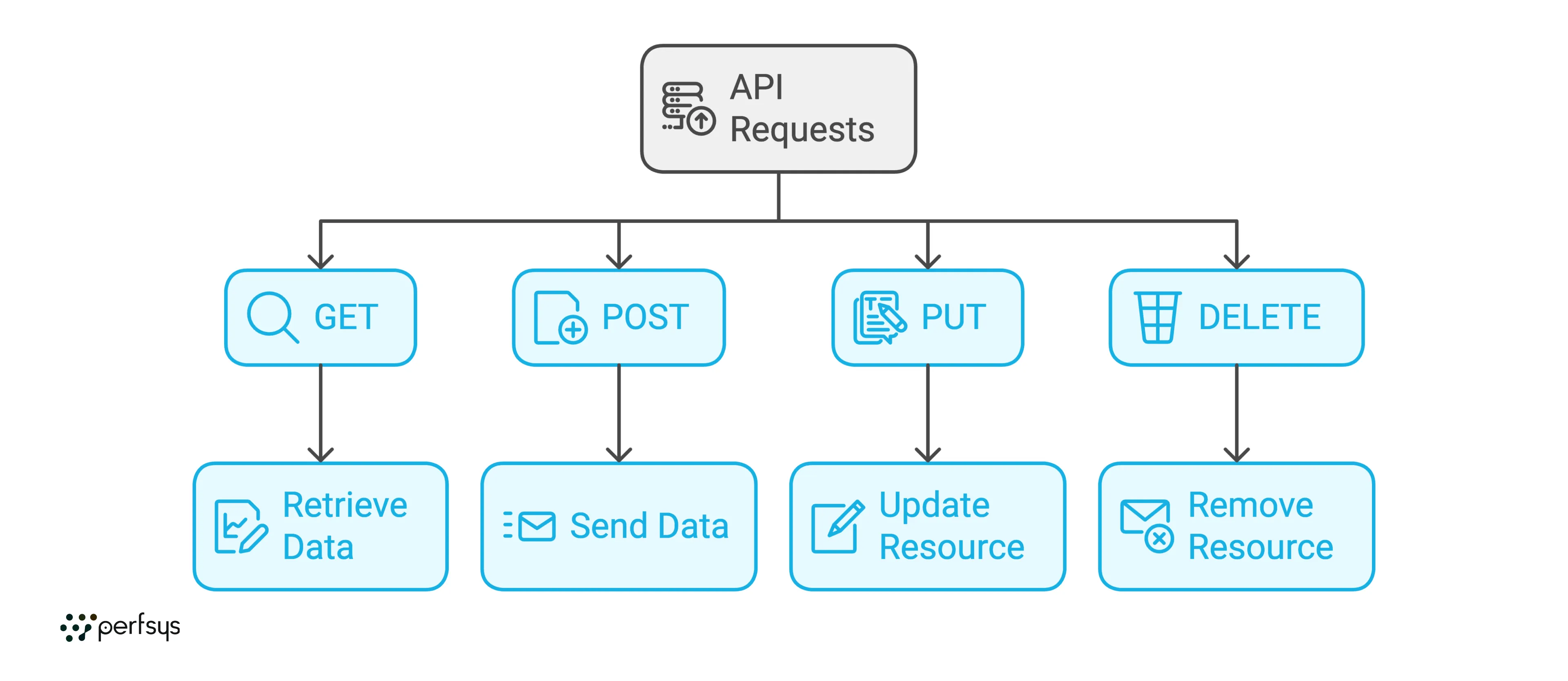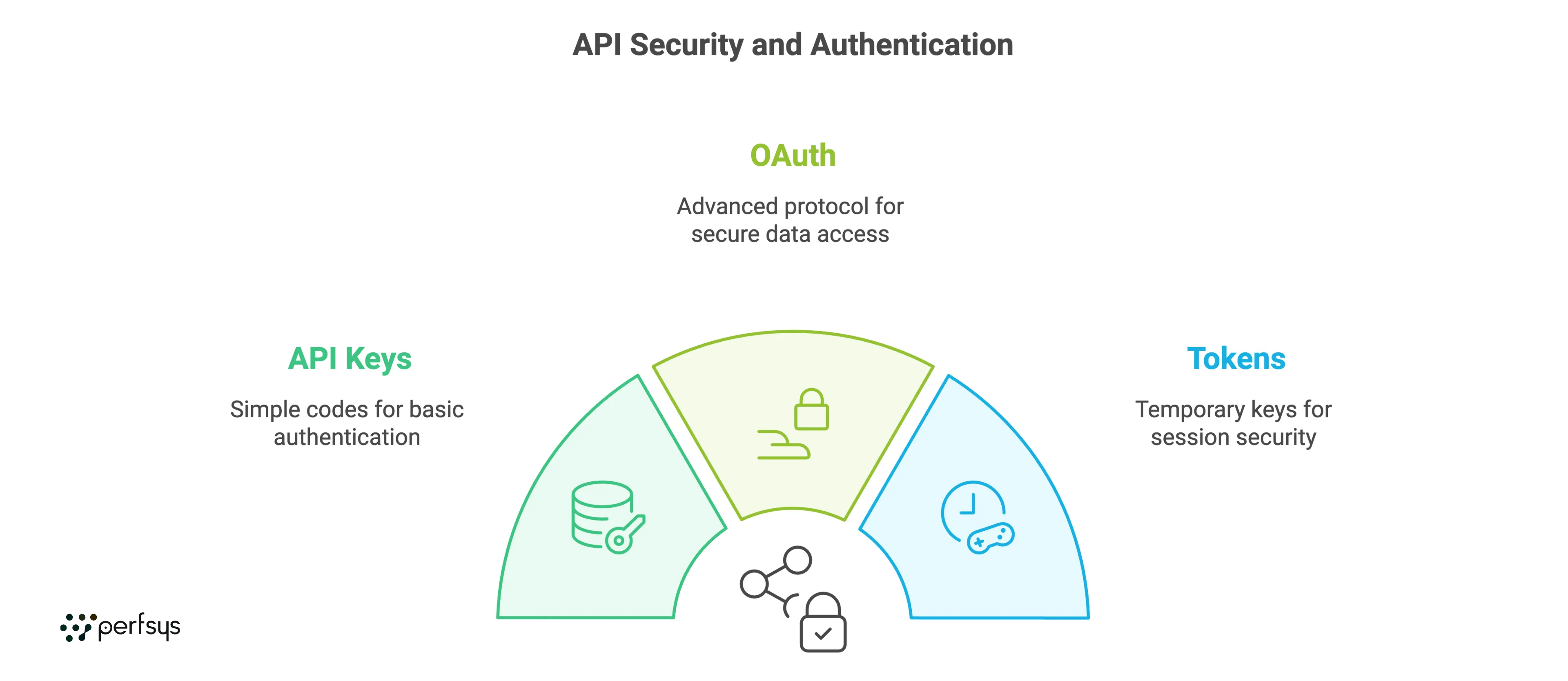What is an API? A Beginner’s Guide to Application Programming Interfaces

API stands for Application Programming Interface. An API is a set of rules that allows different software applications to communicate and interact with each other. APIs enable applications, websites, and devices to exchange data and perform actions, even if they’re built by different developers or companies.
In this guide, we’ll explain what an API is, how it works, and give examples to show why APIs are essential in today’s digital world.
What is an API?
Think of an API as a bridge between two applications. Just like a waiter takes your order at a restaurant and brings food from the kitchen to your table, an API allows applications to send and receive data with each other, even if they’re on separate systems.
APIs make it possible for applications to share information and functionality without needing to know how each other’s code works.
Example: When you use a weather app, the app doesn’t calculate the weather itself. Instead, it uses an API to pull weather data from a weather service provider, displaying it directly on your phone.

How Does an API Work?
An API works through requests and responses:
-
1. Request: The client application (like your weather app) sends a request to an API with specific instructions (e.g., “Get today’s weather in New York”).
-
2. Response: The API retrieves the data or performs the action, then sends a response back to the client with the requested information (e.g., “Today’s temperature is 75°F”).
APIs typically use HTTP protocols, the same as websites, making it easy for applications to connect over the internet. When APIs are made accessible over the internet, they’re often called web APIs.
Types of APIs
1. Open APIs (Public APIs)
Open APIs are accessible to anyone, allowing developers to access data and services from third-party applications, often with minimal restrictions. Examples include Google Maps API and Twitter API.
2. Internal APIs (Private APIs)
Internal APIs are used within a single organization, often for connecting different internal systems or applications. These APIs aren’t exposed to external developers.
3. Partner APIs
Partner APIs are shared with selected partners to enable specific functionalities, such as integrating with a business partner’s system or data for joint projects.
4. Composite APIs
Composite APIs combine multiple API requests into a single call. This is useful for complex actions where multiple data points are required simultaneously.
Common Types of API Requests (HTTP Methods)
APIs typically use HTTP methods to specify the type of action they’re performing:
-
— GET: Retrieve data from the server (e.g., “Get all blog posts”)
-
— POST: Send data to the server to create a new resource (e.g., “Create a new blog post”)
-
— PUT: Update an existing resource (e.g., “Update the content of a blog post”)
-
— DELETE: Remove a resource from the server (e.g., “Delete a blog post”)

Why are APIs Important?
APIs make modern technology flexible and connected. They allow different systems, devices, and applications to interact seamlessly. Here are a few key benefits:
1. Efficiency
APIs save time and resources by allowing applications to reuse existing functionalities rather than building everything from scratch.
2. Connectivity
APIs enable applications to connect with other apps, devices, and systems, creating a connected experience. For example, a travel booking app can use APIs to access flight, hotel, and rental car data from multiple providers in one place.
3. Data Sharing
APIs make data accessible across platforms. Social media platforms, for example, use APIs to allow users to share content across different apps.
4. Innovation
APIs drive innovation by giving developers access to tools and data they can build upon. This allows third-party developers to create new applications, such as adding Google Maps or payment processing features into their apps.
Real-Life Examples of APIs
1. Social Media Integration
APIs allow social media platforms like Facebook, Twitter, and Instagram to integrate with other websites and apps. For instance, you can log in to various websites using your Google or Facebook account thanks to their authentication APIs.
2. Payment Processing
Payment APIs, like those from PayPal or Stripe, allow e-commerce sites to process transactions securely. Instead of building payment systems from scratch, companies can integrate these APIs to handle payments.
3. Maps and Location Services
The Google Maps API enables developers to add maps, location search, and navigation features directly into their apps and websites, making it possible for services like Uber to show drivers’ and passengers’ locations on a map.
4. Weather Data
Weather services provide APIs that allow applications to display weather forecasts and real-time data. Apps like the Weather Channel app pull weather data from these APIs.
API Security and Authentication
Since APIs allow access to data and actions, security is crucial. Many APIs require authentication to verify the identity of users and protect sensitive information.
-
— API Keys: Simple, unique codes that authenticate requests. Many open APIs require an API key to access data.
-
— OAuth: A more advanced security protocol allowing users to grant access to their data without sharing passwords, commonly used in social media logins.
-
— Tokens: Temporary keys issued upon login, often used for session-based security.

Frequently Asked Questions (FAQ)
1. Do APIs cost money?
Some APIs are free to use, especially open APIs, while others charge based on usage. Pricing models depend on the provider.
2. Can I use an API without coding?
Some APIs can be used without coding through integrations with platforms like Zapier. However, more complex uses typically require some coding knowledge.
3. What’s the difference between an API and a web service?
All web services are APIs, but not all APIs are web services. Web services specifically refer to APIs accessible over the internet and typically use HTTP/HTTPS protocols.
4. Are APIs secure?
APIs can be secure when proper authentication and encryption methods are used. However, poor security practices can expose APIs to vulnerabilities.
Conclusion
APIs, or Application Programming Interfaces, are essential for enabling communication between different software applications, devices, and services. They allow us to access features and data from multiple sources within a single app, powering everything from social media sharing and online shopping to weather apps and payment gateways.
In today’s interconnected world, APIs play a vital role in creating a seamless, integrated digital experience, making it easy for developers to build new applications that bring data and functionality together.
